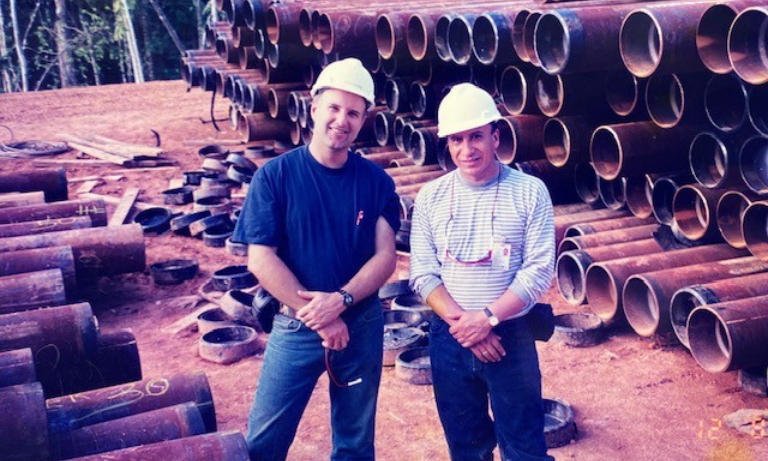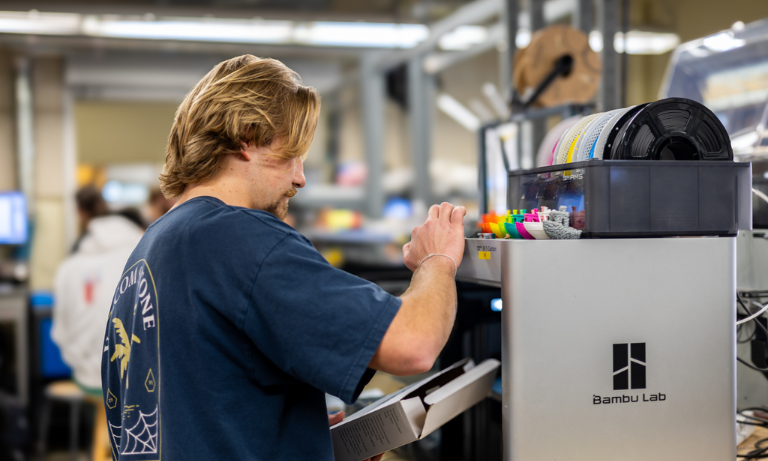Robin Draper knew his engineering expertise could benefit people around the world. After graduating from the College of Engineering in 1980 with a degree in materials engineering, he wanted to see where his skills would take him.
Draper’s first job was as a welding engineer for a major oil company in the U.S.
“I held that job for two years before transferring to Anchorage, and then further north to Prudhoe Bay, Alaska” he said.
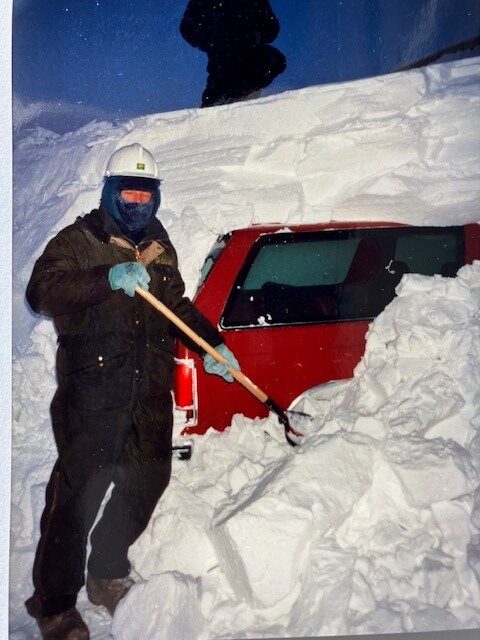
He worked on welding, metallurgy and corrosion control for a decade before relocating.
In 1992, Draper decided to expand his reach outside of the U.S. He accepted a position in Ecuador with a U.S.-based energy company as part of an engineering, procurement and construction (EPC) team. The group was responsible for a major petrochemical development project in the Amazon rainforest.
“I was the pipeline construction manager for this project — a 500-kilometer fully buried pipeline system and the first of its kind,” Draper said.
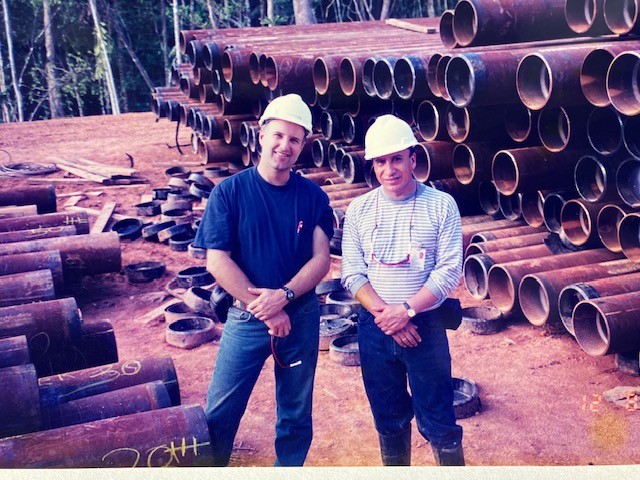
Due to the project’s novelty, Draper’s role was vital — ensuring all facilities had access to water and power.
In 1997, he transitioned to work for another EPC company responsible for the design and installation of a 45-kilometer aerial petrochemical flowline. While still working in the Amazon rainforest, this project served a different purpose than his previous endeavors and presented new challenges.
“We had a philosophy for this project of no road access, and helicopter-supported flowline construction and operations, which served as the cornerstone for an innovative, minimally invasive environmental impact project,” Draper said. “This award-winning project was featured in the Oil and Gas Journal for being the first and only of its kind.”
Draper and his team took inspiration from Swiss-made walking excavators and Japanese monorail transportation systems to construct the flowline. This design was crucial to maintaining the integrity of the highly faulted, geologically active region.
“To date, no major pipeline has ever been constructed within such rigorous environmental and right-of-way width restrictions,” he said.
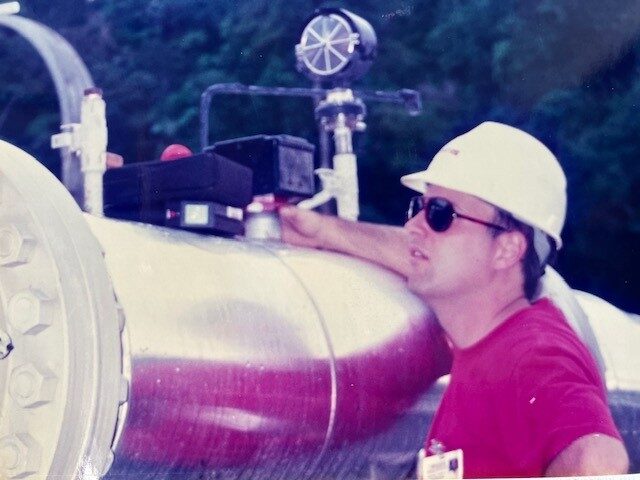
His work on these state-of-the-art projects landed him the role of general manager and partner of a South American engineering and construction company, which came with the responsibility of maintaining a protected rainforest with river-only access that required extreme levels of health, environment and safety (HES) logistical planning.
“When I began my career in the early ‘80s, environmental protection and industrial safety were secondary concerns on construction projects, with little attention paid to these critical activities,” Draper said. “In my opinion, I’m proud to say this industry has come full circle with environmental and safety considerations now playing a primary role, supported by strict legislation and mandatory compliance standards.”
Draper believes Ecuador is a leader in enforcing environmental best practices for construction projects, and his time there has instilled those techniques into his work.
In 2006, he formed a small side business providing river barge transportation services in the Amazon Basin River system in Ecuador, further pushing the limits of petrochemical development in areas where the smallest mistake can be devastating to the environment. But his knowledge of engineering and respect for the Amazon have led him to be an innovator.
What began as a one-year pipeline construction project in Ecuador turned into more than three decades as an industry trailblazer. But it wasn’t all work for Draper.
“Here I am 33 years later with an Ecuadorian wife and three kids, looking forward to returning home someday — go figure!”
By Taylor Villanueva

